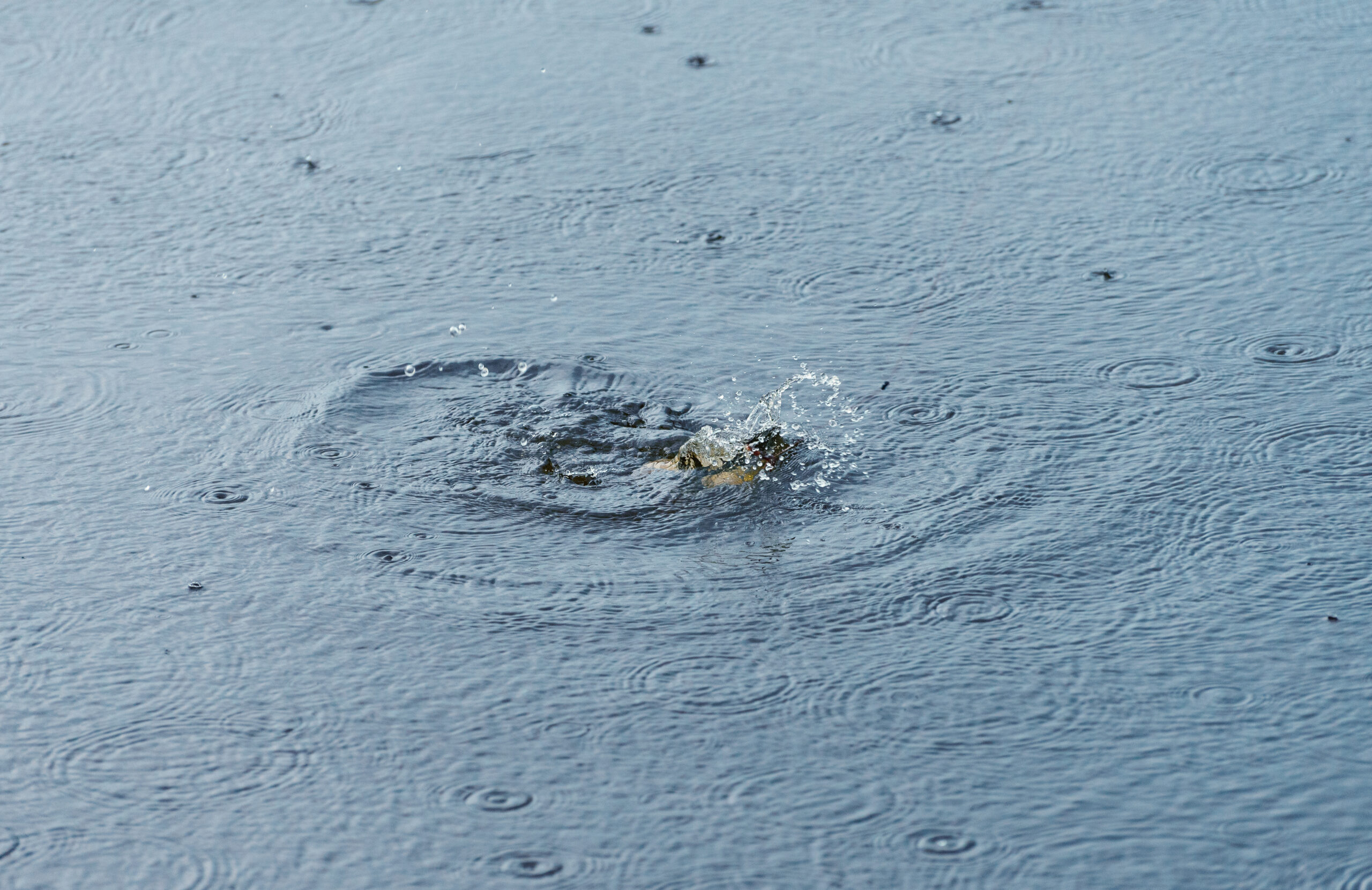Bizarre weather phenomena explained.
Most of us take rain for granted—tiny drops of water falling from the sky, nourishing the earth, ruining our hair. But across history and geography, rain hasn’t always been so… predictable. From showers of fish in Honduras to spider downpours in Australia, and even blood-red rain in India, the skies have been known to deliver some utterly bizarre surprises. This article takes you on a tour of the strangest documented cases of non-water rain, breaking down the science, speculation, and folklore behind nature’s weirdest tantrums.
Outline
- Introduction
- Fish Rain: The Sky Falls with Scales
- Blood Rain: Red Skies and Superstitions
- Spider Rain: Eight-Legged Weather Warnings
- Other Weird Precipitation Events
- The Science Behind Animal and Object Rains
- Myth, Mystery, and Media
- Are These Events Still Happening Today?
- Final Thoughts
Introduction
Rain is supposed to be a simple affair: water vapour condenses in clouds and falls as droplets. End of story. Or so we thought.
But what if the next storm shower brought with it not just rain—but fish flopping on pavements, spiders floating on silken threads, or crimson water that stains clothes and terrifies entire towns?
These events sound like urban legends, or scenes from apocalyptic cinema—but they’re very real, and many are well-documented in scientific literature and local archives.
Fish Rain: The Sky Falls with Scales
“Lluvia de Peces” – Honduras’ Annual Fish Rain
In the small town of Yoro, Honduras, an annual phenomenon known as Lluvia de Peces (Rain of Fish) occurs, typically between May and July, following intense thunderstorms. Residents claim live fish fall from the sky, often flopping around in puddles afterward.
Documented? Yes. National Geographic has investigated it. Scientists and sceptics alike have visited. Fish are indeed found on the ground—though they rarely fall while anyone is looking.
How does this happen?
The most accepted theory is:
- Waterspouts or tornadoes over nearby water bodies suck fish into the sky and carry them inland.
- Fish are then dropped during the storm as gravity takes over.
However…
Yoro is not near the ocean. The fish are often freshwater species, leading some to theorise:
- The fish may live in underground streams and are washed to the surface by flooding rains.
Regardless, it’s a fascinating (and slightly fishy) case of sky-to-plate delivery.
Blood Rain: Red Skies and Superstitions
Throughout history, “blood rain” has terrified civilisations. Crimson droplets from the sky were seen as divine wrath, war omens, or witchcraft. Today, we know better—but the sight is still unsettling.
India, 2001: The Case of Kerala’s Red Rain
In July 2001, residents of Kerala, India, witnessed rain as red as blood falling across multiple districts. It stained clothing and filled buckets with pinkish liquid. Panic spread.
The science behind it:
- Scientists identified spores from a local green alga (Trentepohlia) as the likely culprit.
- These spores were abundant in the atmosphere due to monsoon shifts and may have been blown in from nearby forests or deserts.
- The rain itself was normal—just coloured by biological or mineral particles.
Red rain events have also been documented in:
- Spain (Saharan dust)
- Sri Lanka (similar to Kerala)
- The UK (from red sand or industrial particles)
So no, not blood—but microbiology meets meteorology.
Spider Rain: Eight-Legged Weather Warnings
Yes. It happens. And no, we don’t recommend looking up if you’re arachnophobic.
Australia: The Land Where It Literally Rains Spiders
In parts of New South Wales, particularly around the town of Goulburn, spider rain has been reported. In 2015, residents found millions of baby spiders floating through the sky, blanketing fields and homes in shimmering silk.
What’s happening?
- It’s called ballooning: a dispersal technique used by young spiders.
- They release strands of silk that catch the wind, allowing them to drift through the air—sometimes across vast distances.
- In rare cases, weather conditions cause mass ballooning, making it seem like spiders are falling from the sky.
It’s not technically “rain”—but when the sky is full of spiders, semantics feel irrelevant.
Other Weird Precipitation Events
Frogs and Toads
- France, Serbia, and Japan have all reported frog rains.
- Like fish, they may be picked up by strong updrafts or waterspouts from nearby water bodies.
Worm Showers
- In 2011, a school in Scotland witnessed earthworms falling from the sky onto a sports field.
- The cause remains unclear—but may involve strong winds or migrating birds dropping them en masse.
Jellyfish and Squid Rain
- Reported in parts of China and the USA.
- Likely caused by waterspouts near marine ecosystems.
Money, Meat, and Mystery
- Kentucky Meat Shower (1876): unidentified meat rained down over a small farm.
- Shower of coins reported in Russia (1940).
- Most are anecdotal, but recorded in local histories.
These may seem unbelievable—but nature doesn’t always follow the rules.
The Science Behind Animal and Object Rains
So how can the sky “rain” animals?
The Mechanics:
- Tornadic waterspouts: essentially tornadoes that touch water, capable of sucking up small aquatic animals like fish or frogs.
- Updrafts and strong wind currents: can lift lightweight creatures (or objects like seeds, pollen, or insects) into the air.
- Sudden storm pressure drops: may displace animals hiding in trees or water sources.
- Ballooning and mass migration: explains spiders and insects better than weather events.
While the events are rare, they are scientifically plausible and supported by atmospheric dynamics.
Myth, Mystery, and Media
It’s no surprise that blood rain and fish storms have inspired myths across cultures:
- Biblical plagues describe rains of frogs and hail.
- Greek and Roman historians wrote about rains of flesh and iron.
- In medieval Europe, blood rain was often interpreted as a sign from God—usually not a happy one.
- In the internet age, such events become viral sensations, often framed as apocalyptic or alien.
Yet, for all their mystery, most of these occurrences have logical explanations—once we dig deep enough.
Are These Events Still Happening Today?
Yes—and more often than you’d think. In just the last two decades:
- Fish rains have been reported in the Philippines, Mexico, and India
- Spider showers have been documented in Australia and Brazil
- Blood rain has occurred in Spain, India, and Oman
- Earthworm showers were reported as recently as 2022 in China
Thanks to smartphones and social media, we now have more photos, videos, and reports than ever—turning local phenomena into global curiosities.
The more we look, the more we find that the skies still have plenty of tricks up their sleeve.
Final Thoughts
The phrase “when pigs fly” may be sarcastic—but “when fish rain from the sky”? That’s just meteorology with a flair for the dramatic.
These bizarre weather events remind us that nature doesn’t always behave by textbook rules. What falls from the sky isn’t always just rain—and what we see as impossible might simply be poorly understood.
So next time there’s a storm brewing, you might want to check the forecast… not for rain, but for frogs, fish, or spider silk on the wind.
Because sometimes, even the weather has a sense of humour.








